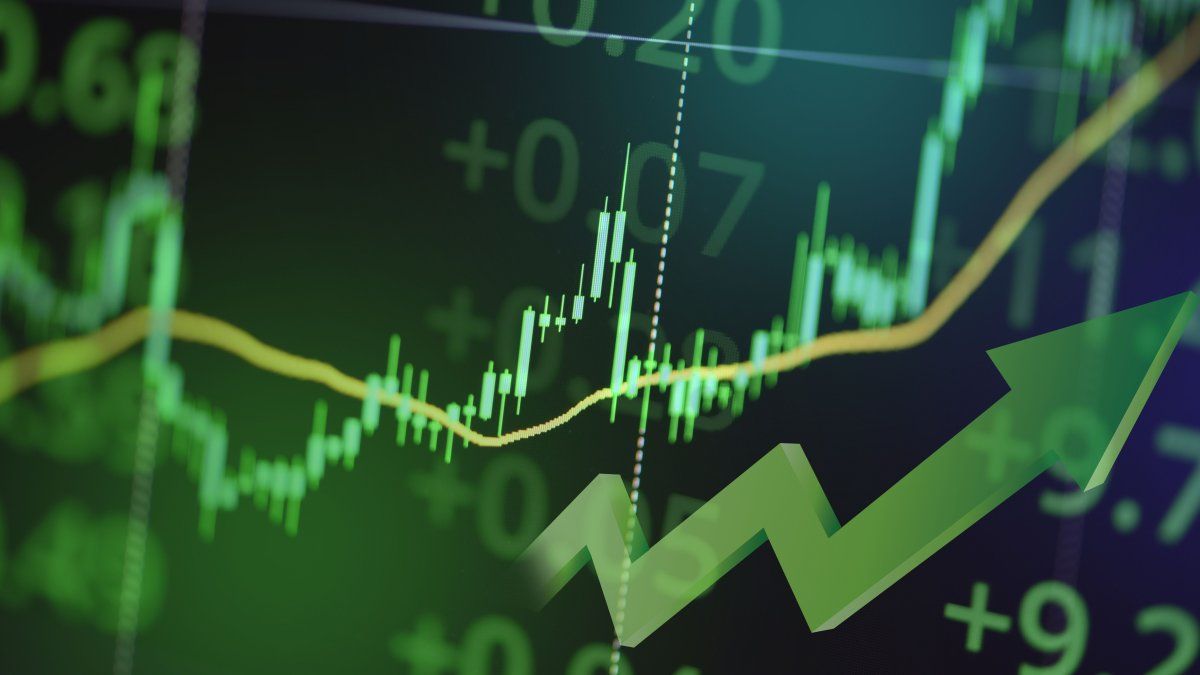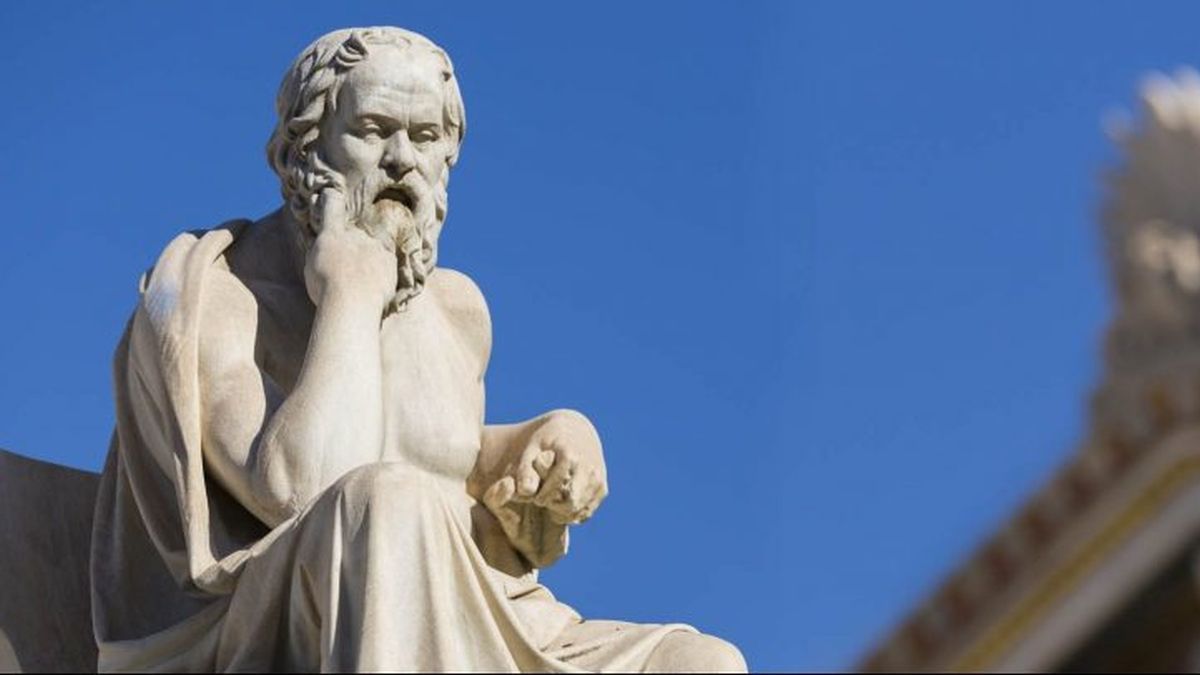The dollar remains calm and the government of Javier Milei remains firm in its position of not devaluing, despite the voices that believe that the exchange rate is backward and ask for a correction. Meanwhile, the party continues in the financial market and investors look for the best options.
Very arbitrated market. At one year, financial returns are around 40% annually, while expected inflation is around 28.5% annually. Rates are positive, credit is expensive, recovery is slow and the dollar is flat.
The Central Bank lowered the short-term rate to 32.0% annually, which implies an effective rate of 37.2% annually. From here two conclusions can be drawn. The first is that the government expects inflation below 3.0% monthly, since the monthly rate is 2.67%. The second is that the monetary policy rate is below the Lecap yields, which at 42 days is 42.5% annually.
The rate of active repos, which are the repos that are used to give money to the financial system, would be 36% annually. This implies that the fixed-term rate is limited to 3.0% monthly and that the effective repo rate is 42.6% annually.
With this new rate structure, banks would not be very enthusiastic about placing themselves in Fiscal Liquidity Letters (LEFI), which pay an effective rate of 37.1% per year, when a 42-day Lecap yields 42.5% per year. More financing for the State, Lecap are once again attractive and displace fixed terms as the preferred option for placing surpluses on the market.
Bonds in inflation-adjusted pesos suffered declines in recent days, with yields approaching inflation levels plus 10.0% annually. The inflation expected by the market 12 months ahead is around 28.5% annually. Therefore, a bond that adjusts for inflation would be averaging a return of 41.35% per year, while a Boncap (which would be a bond in pesos at a compounding rate) yields 39.35% per year by December 2025. As can be seen, the yields between bonds at compounding rates and bonds in pesos adjusted for inflation tend to be arbitrated.
The Central Bank’s lower interest rate is very good for the real economy. Entrepreneurs need to finance themselves at rates lower than those offered in the market. A loan at a rate of 35% annually has an effective rate of 41.2%. If we compare this rate with the expected inflation, it gives us a real rate of 9.9% per year, which is very high for these times.
In this scenario, credits in dollars are much cheaper, but they are not available for companies that are not in the export line. Therefore, we have very positive rates to develop new ventures or provide working capital in companies. This invites dissaving and, therefore, selling the stock of dollars in the hands of entrepreneurs. For this reason, the exchange rate has arbitrated strongly downwards, the blue dollar is located at $1,050, while the Cash with Settlement dollar is at $1,089. The gap narrowed notably, with an export dollar that stands at $1,028.9.
Conclusions
. – Sovereign bonds in dollars continue to be a great investment option, but we are going through profit taking. International markets are not at their best. The Federal Reserve must decide shortly whether or not to lower short-term interest rates. If he does, the market will believe that he did it to look good to the president-elect. If the rate is not lowered, the market will believe that there will be conflict with the president-elect. In both cases, there will be a bitter taste. It would seem that profit-taking in the stock and bond markets has not come to an end. However, sovereign bonds in dollars and stocks have a long way to rise, as Argentina approaches an agreement with the IMF, which could occur in March 2025.
. – Stocks will take a break, logical and healthy. Strong investments are coming to the country in the energy sector, the banks will accompany by providing financing. They are two great winning sectors. We have to take it little by little, 2025 is going to be a year of great satisfaction.
. – The Lecap rate is located at 40% per year as of September 2025. The September 2025 position of the future dollar has an implicit effective rate of 31.3% per year, clearly, the interest rate tries to discipline the wholesale dollar .
. – The market expectation survey of the Central Bank of the Republic of Argentina indicates that, for the next 12 months, the inflation rate could be 28.5% annually (average of the projections of the 39 consulting firms and the TOP of 10 Consulting Firms more successful). The devaluation rate would be around 20.5% annually, which implies that inflation in dollars would be 6.6% annually.
. – By 2025, we find it difficult to eliminate taxes such as the check tax or export duties. The collection of both taxes in the last 12 months totals $13,682 million, and the total collection of the last 12 months is US$124,265 million. It is almost impossible to eliminate these taxes, although a reduction could be given in both cases. From our point of view, 2025 is going to be another year of a “chainsaw” cutting down expenses than an expansive plan reducing taxes.
Source: Ambito
I am Pierce Boyd, a driven and ambitious professional working in the news industry. I have been writing for 24 Hours Worlds for over five years, specializing in sports section coverage. During my tenure at the publication, I have built an impressive portfolio of articles that has earned me a reputation as an experienced journalist and content creator.




